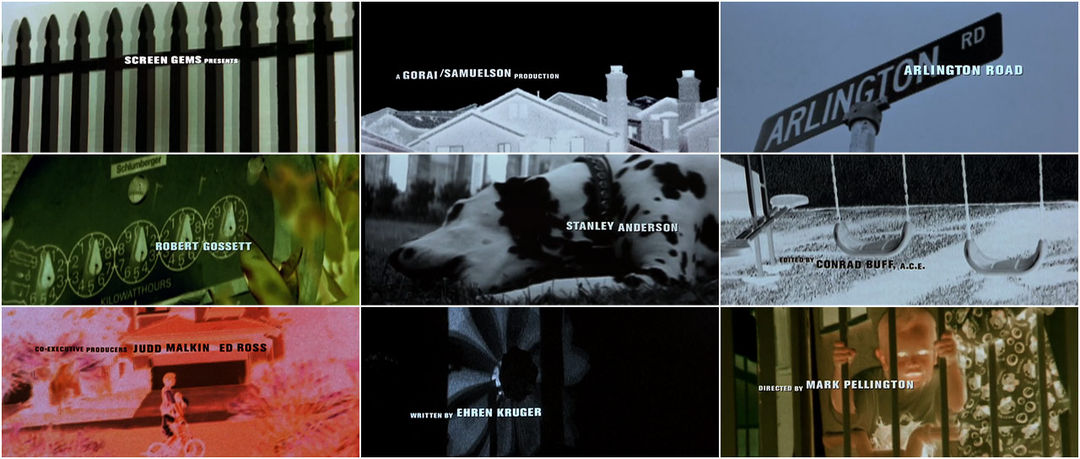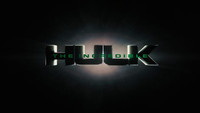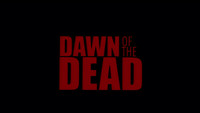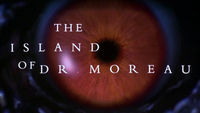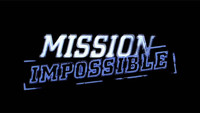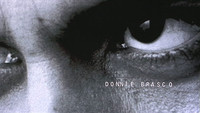In the sleepy community of Arlington Road, hell truly is other people. Beyond the white picket fences, past those perfect lawns and immaculate gardens, something lurks behind closed doors.
Welcome to fear, the Mark Pellington and Kyle Cooper way. An inversion of the familiar, visual disorder, graphic corruption, tropes of comfort and serenity upturned into chaos, grime, and uncertainty. Here in the safety of the suburbs, proximity breeds suspicion.
What is it to live like this, to obsess over the monster next door – to become one in the process? When the image of perfection is inverted, what lies quiet and coiled in the darkness?
A discussion with Arlington Road Director MARK PELLINGTON and Title Designer KYLE COOPER.
How did you two first meet?
Mark: I think Kyle was at Imaginary Forces at the time. We did the title in '98 or so – it was after Se7en.
Kyle: I don't remember, to be honest! Mark had a producing partner and I remember sitting with him at a table. I think it was at R/GA LA – maybe it was Imaginary Forces.
Mark: I knew Harris Savides, who had done a lot of photography for the Se7en titles. That was just so mind-blowing to all of us. There was kind of a mutual respect ’cause I came from a nastier, non-slick, organic, in-camera background and comfort zone. When I met Kyle I basically begged him to do the titles for Arlington Road.
Did you always know you wanted a title sequence for Arlington Road?
Mark: It's funny ’cause, you know, they had almost eliminated title sequences in television [at the time]. Television sequences had basically been abandoned in the rush for screen time. It was a real shame ’cause I got nominated for an Emmy Award for the title sequence I did for the TV show Homicide: Life on the Street. That was just me and the guys, shooting black-and-white Bolex. So doing titles has always been fun to me.
Homicide: Life on the Street (1993) main title sequence
How did you begin to talk about what Arlington Road might need, in terms of a title sequence?
Kyle: I remember sitting with Mark and his producing partner Tom Gorai and we talked about the idea of the things that you think are safe. Things that we put our trust in. Domestic things and suburban things and, you know, white picket fences. And then the impending threat of domestic terrorism... to somehow present those things. It seemed like the challenge was to try to take suburban things and make them sinister and I thought it would be interesting to not do anything that was scary or dark necessarily, but to shoot things that are seemingly safe and innocuous, but with sound…
So we showed Mark some boards. We had some American flags and so forth, but I wanted to shoot something. He wanted to shoot something.
Mark: The scene before it was so horrific that I just knew I wanted the opening of the film – the opening scene in the titles – to be really evil and nasty and fucked up, and that's all – I think that's all I said. Of course it’s always like, "Well, we don't have a lot of money," and so me, Kyle, and two camera guys went up to like three different communities in L.A. – bedroom communities – and just shot…
Kyle: With Mark, the nice thing is that… well, sometimes it’s hard to follow him because he speaks about all these emotional things. He talks about textural, very visual things, and sometimes it’s hard to put your finger on it. But he's very open to listening to the work. You find a lot these days that people want everything boarded out. And they want to say, “OK, you solved it. Go execute that.” But I don't think that way...
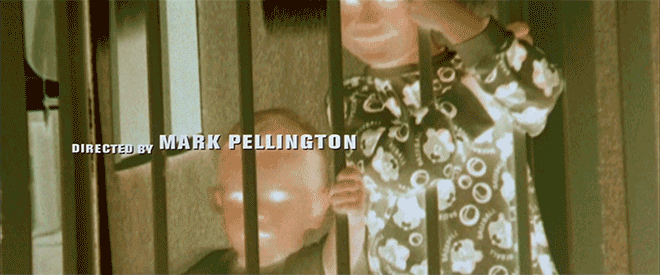
Children appearing by the fence scene
What we had was more a set of conditions for experimentation, a set of parameters. We went out to Valencia and we decided that we were just going to shoot domestic things and then try to make it sinister later. I had a camera and Mark had a camera. We had a hand-crank 35mm camera that a friend of his owned. There were short magazines in the 35mm hand-crank thing – I guess they are hard to come by, these cameras.
Mark: We had Hi-8, Bolex, Super 8, whatever the digital format was at the time. And just literally drove around and got out of the car to shoot.
Kyle: We knew it was going to be something that we could shoot in a day in Valencia if we had three cameras. But we didn’t know we’d get the dog, chewing the bone, which I think was his shot. The little kids that run up to the fence. We didn’t know that was going to happen. I liked the idea of the panning… having the picket fence go by so fast that it's disorientating. So we were just going around and stealing footage. I enjoy that kind of collaboration.
Right, it was very open. So after you got all of your footage, what came next?
Mark: We went and then transferred everything and laid it off in all different ways. Inverted, and bleeding, and different colors. I think there was probably like five hours of footage.
Kyle: We had all these different film stocks – we had some video and I think there was regular 35 and the hand-crank 35. And so I just went through all the footage... we took it to a D-1 to color correct it. I think we color corrected in video and then bumped it up to film for the final.
D-1 or 4:2:2 Component Digital is a digital recording video standard of the Society of Motion Picture and Television Engineers, introduced in 1986. It started as a Sony and Bosch - BTS product and was the first major professional digital video format.
The syncing up of the swing set, that was like a film accident... you see the purple and these swings hanging and then they sort of snap in. There's these little formal things.
And what about the sign? Did you make that? Or did you happen upon that?
Mark: No, we made that sign. The art department made that.
Let’s talk about the music. Where did that come from?
Mark: I had the music track – the track that came from the titles all the way through to when Jeff Bridges is bringing the kid in the hospital. It had that super kind of like, operatic feeling. My music supervisor, Liza Richardson, had found that song, [“Lunatic Calm” by Neon Reprise]. I was like, “Holy fuck!” and I just said, “That's where it starts,” and I laid down the shot. There's the track and there's the footage. And a few weeks later he said come on over, and I was like, fuck, and just – that was it.
How did you handle the edits? Did you guys go back and forth?
Mark: Yeah, I think maybe there was a super long piece that I had a couple of thoughts on and a couple of titles that were roughed in, you know, so I would ask, "What should the type do here?" or, "Maybe that's a good idea. Oh, what about that?" Or maybe Kyle would fuck with the image over on the left side to provoke the type here... like, "Ooh, try two frames instead of four frames." Little touches and fun tweaky adjustments – that frame-fucking shit.

Orange roll-out and color example
Kyle: Yeah, I spent a lot of time editing it. For example, when it turns orange – there's several of these film roll-outs that ... well, the hand-crank 16mm camera had very small magazines. It's a wooden army camera with a 20-foot magazine, so there would be a lot of roll-outs. It had small reels and at the end of each one were hand-crank roll-outs – it would overexpose, but it would also have this beautiful orange. The orange roll-outs were beautiful to me so I made that a unifying element. Does it mean anything? Not necessarily!
And then I had a guy animate some really grungy text. I mean, it's messy. A lot of these ones are messy, kind of reactive edits – they're not as refined as people expect. Mark likes those things. I like working with him. The history of his work is full of these kinds of accidents. At that time… it was a cool editorial challenge.
Discover more Kyle Cooper
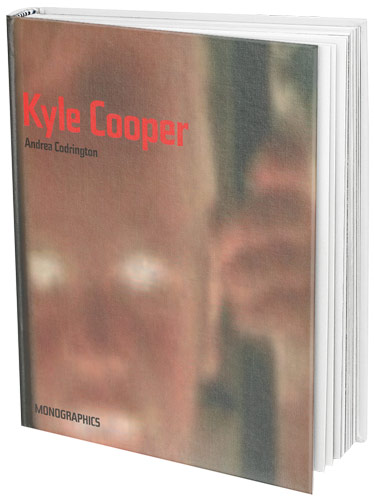
KYLE COOPER: MONOGRAPHICS
By Andrea Codrington

